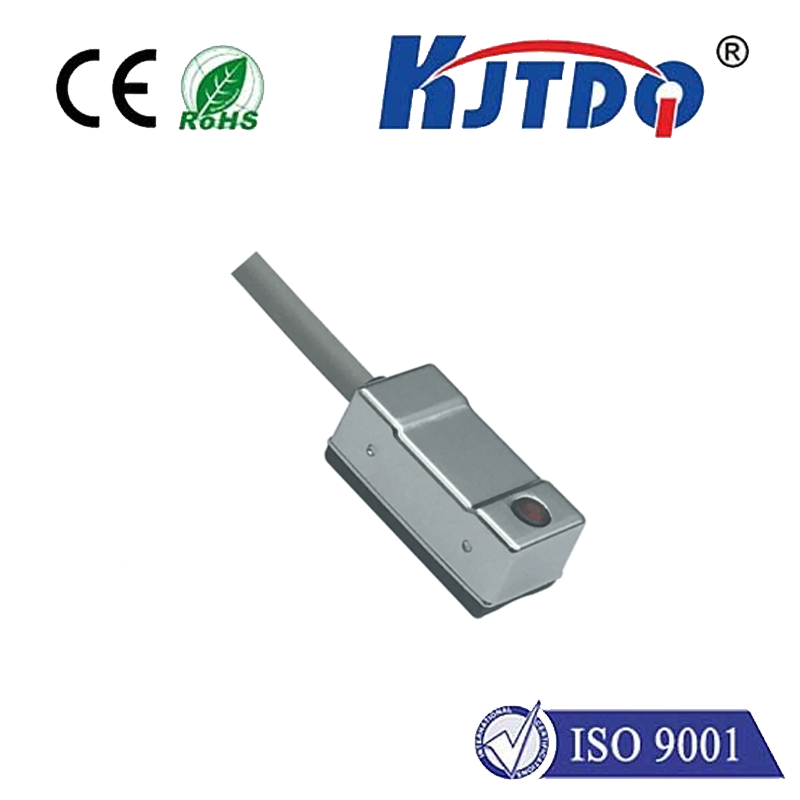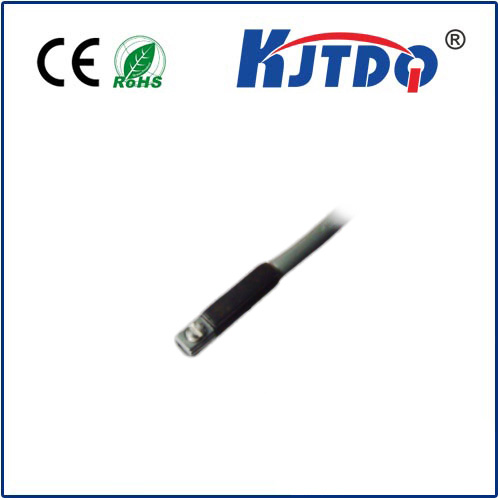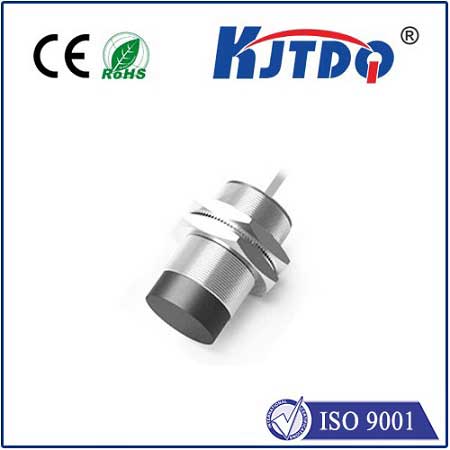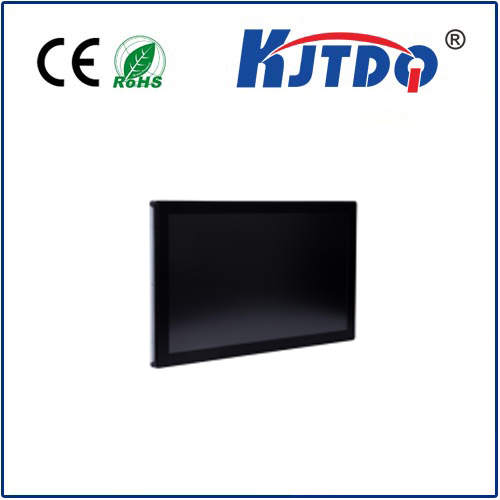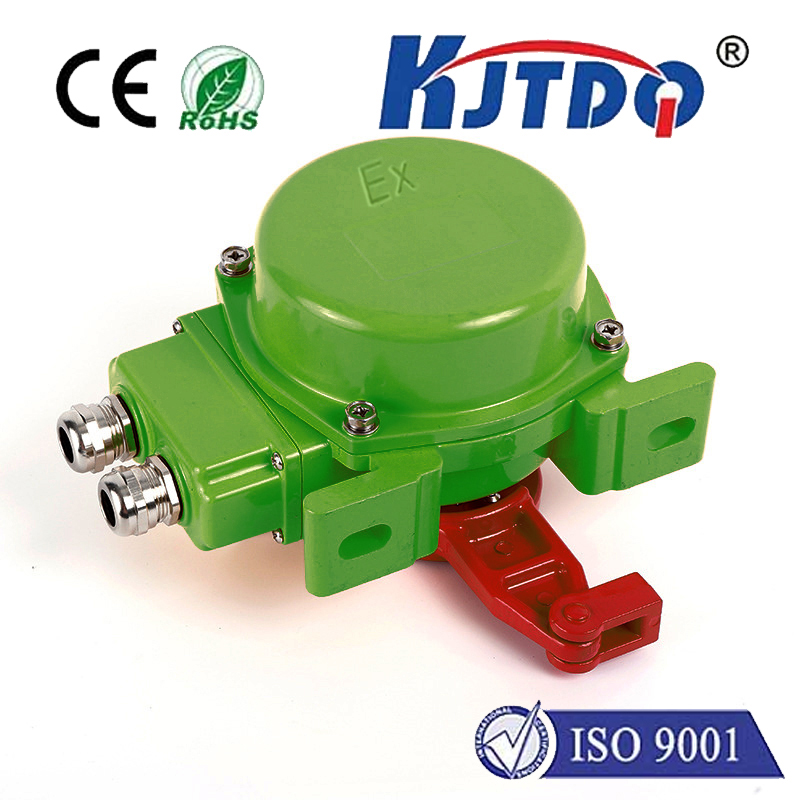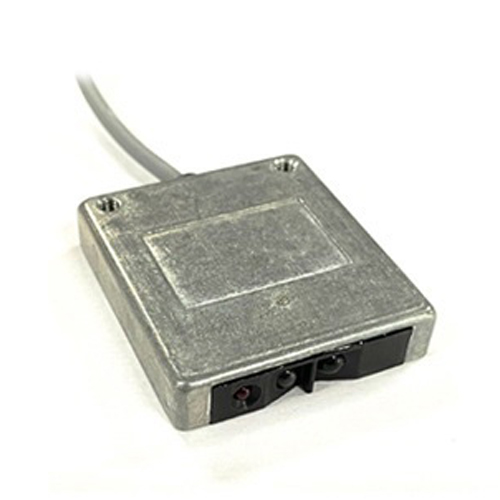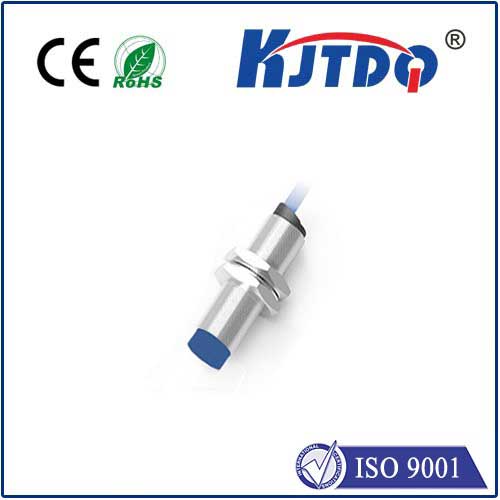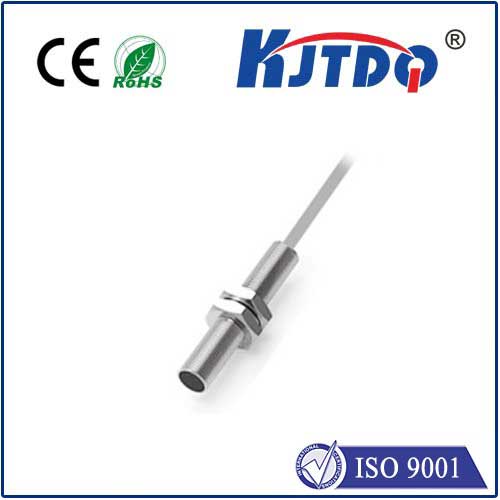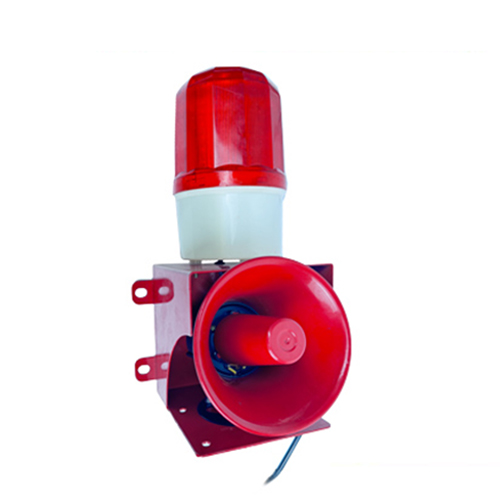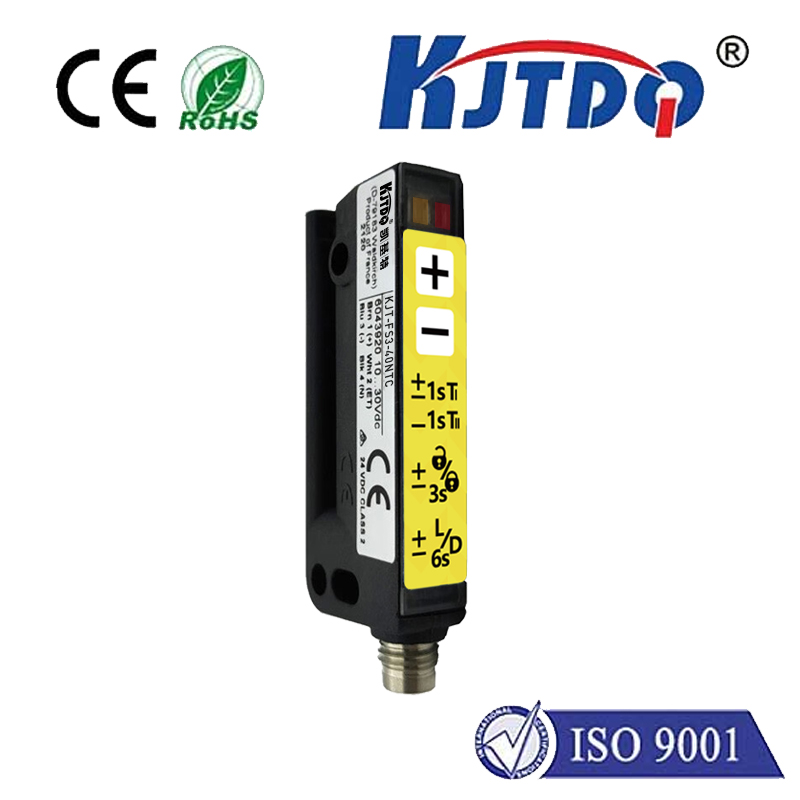

check

check

check

check

check

check

check

check

check

check
The advent of proximity inductive sensors has revolutionized the field of automation, opening up a world of new possibilities in areas ranging from manufacturing to healthcare. These small yet powerful devices are able to detect and respond to changes in proximity with incredible accuracy, providing a level of precision that was once unimaginable. But what exactly is a proximity inductive sensor, and how does it work?
Proximity inductive sensors work by utilizing the principles of electromagnetic induction. When an alternating current (AC) passes through an coil, it creates a magnetic field. If another coil is brought into proximity to the first coil, a voltage is induced in the second coil due to the changing magnetic field. This voltage can then be used to measure the distance between the two coils, allowing the sensor to detect and respond to changes in proximity.
One of the key advantages of proximity inductive sensors is their flexibility. They can be used in a wide range of applications, from simple proximity sensing in robotics and automation to more complex systems involving multiple sensors and advanced algorithms. They are also highly accurate, with a margin of error typically less than 10%, making them ideal for applications where precision is critical.
Another advantage of proximity inductive sensors is their ability to adapt to changing conditions. As the distance between the two coils changes, the voltage induced in the second coil also changes, allowing the sensor to continuously adjust and optimize its performance. This makes them well-suited for use in dynamic environments where conditions can change rapidly.
In conclusion, the proximity inductive sensor is a game-changing technology that has the potential to transform a wide range of industries. Its ability to detect and respond to changes in proximity with incredible accuracy, combined with its flexibility and adaptability, make it an indispensable tool for anyone looking to improve their automation processes. As we continue to develop new and innovative uses for these sensors, we can look forward to a future where proximity detection is no longer a luxury, but an essential part of everyday life.
